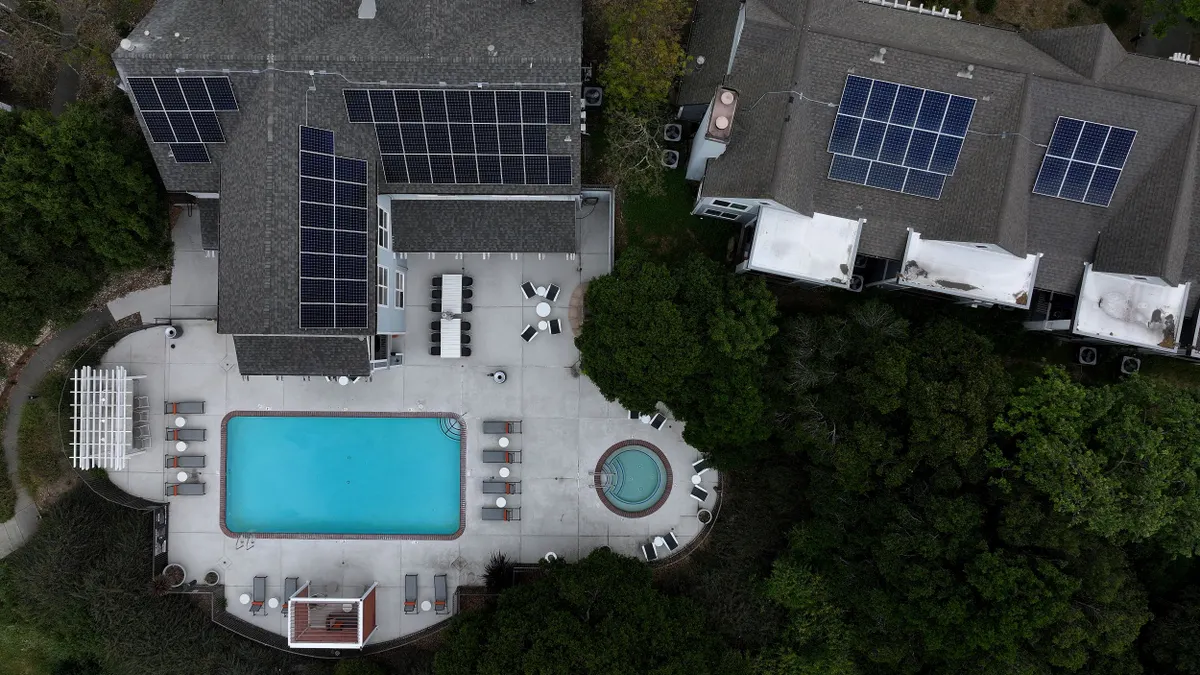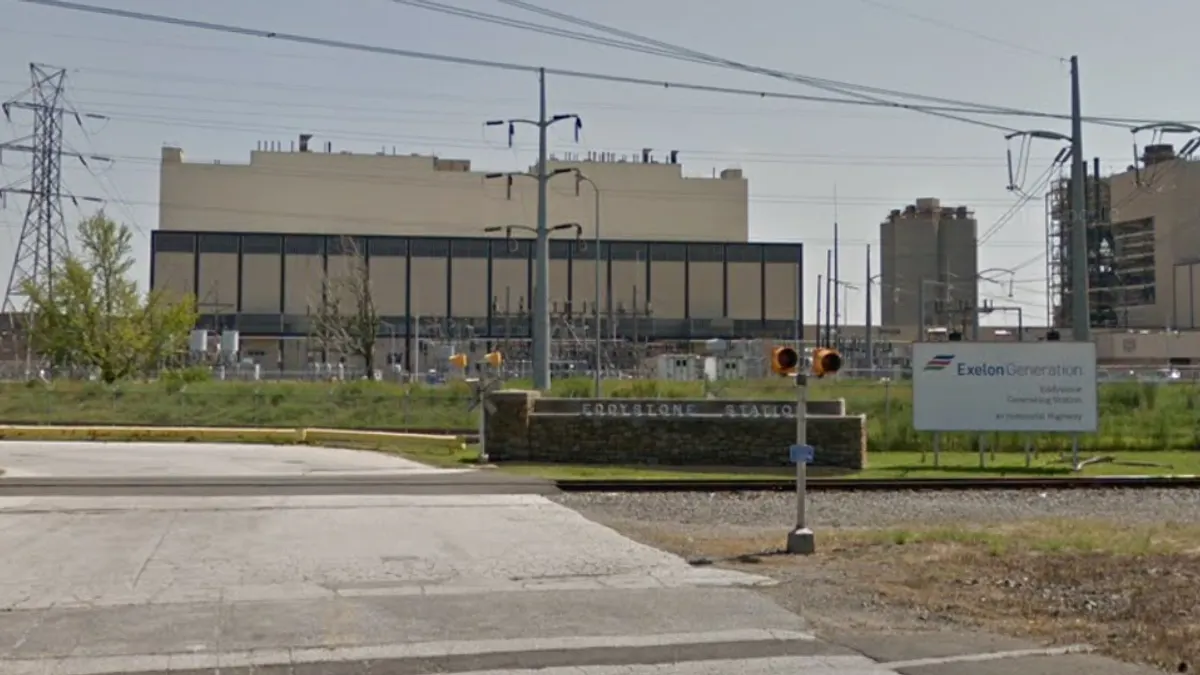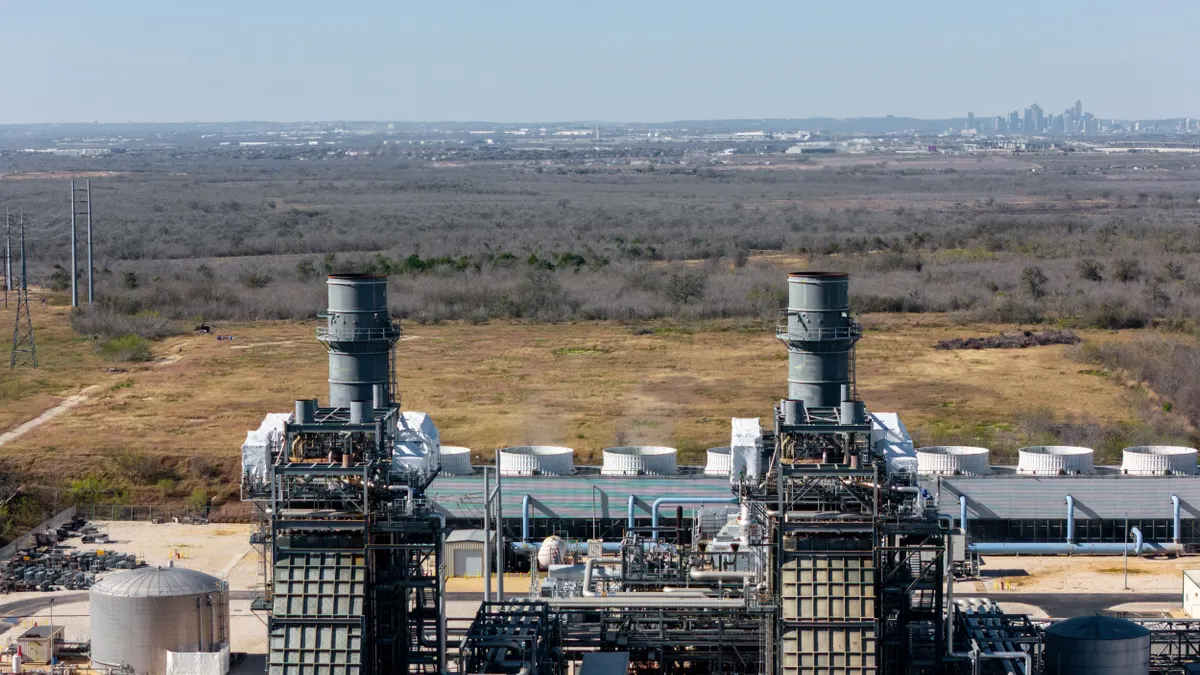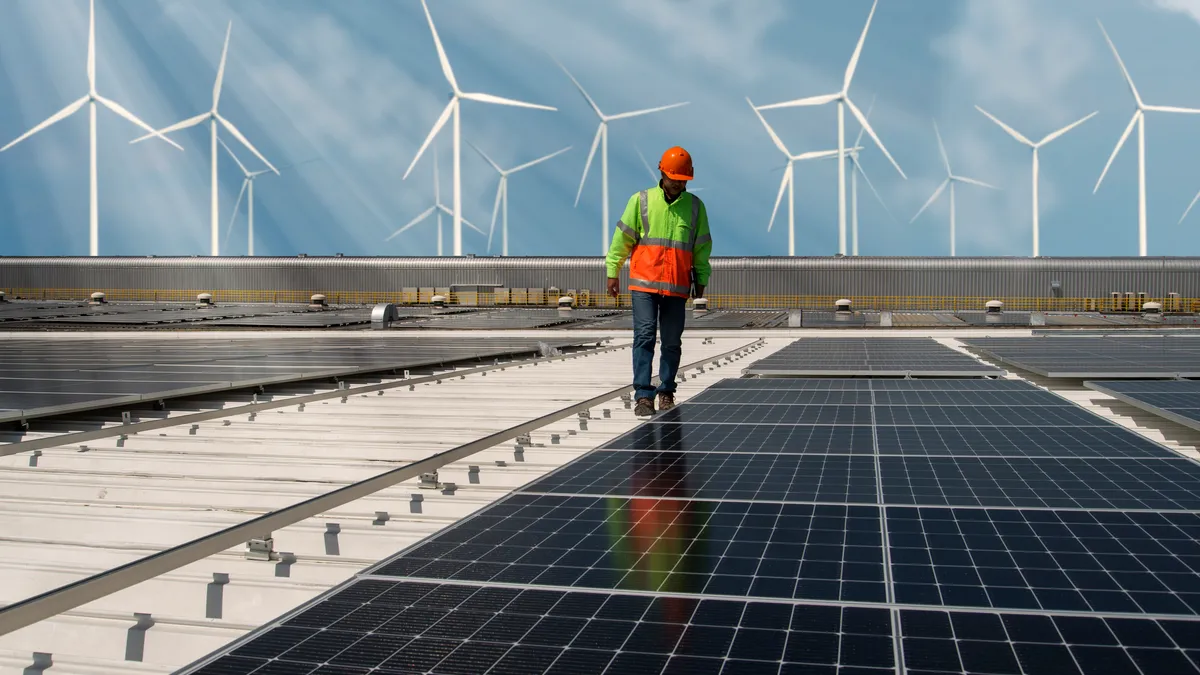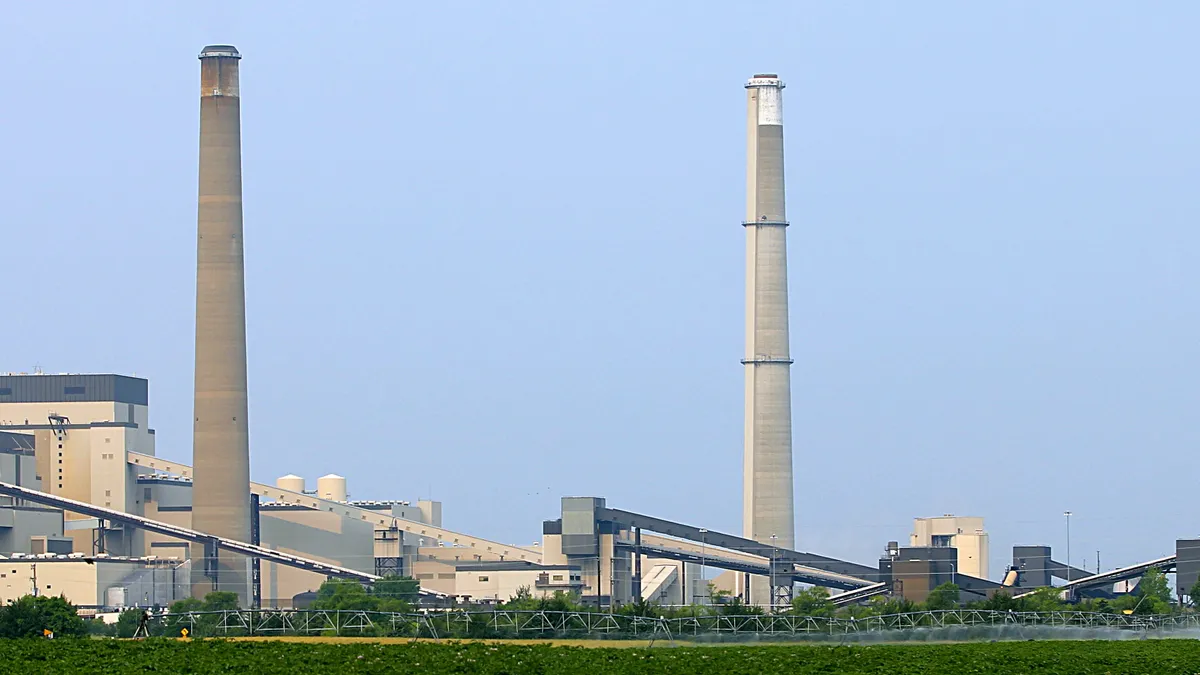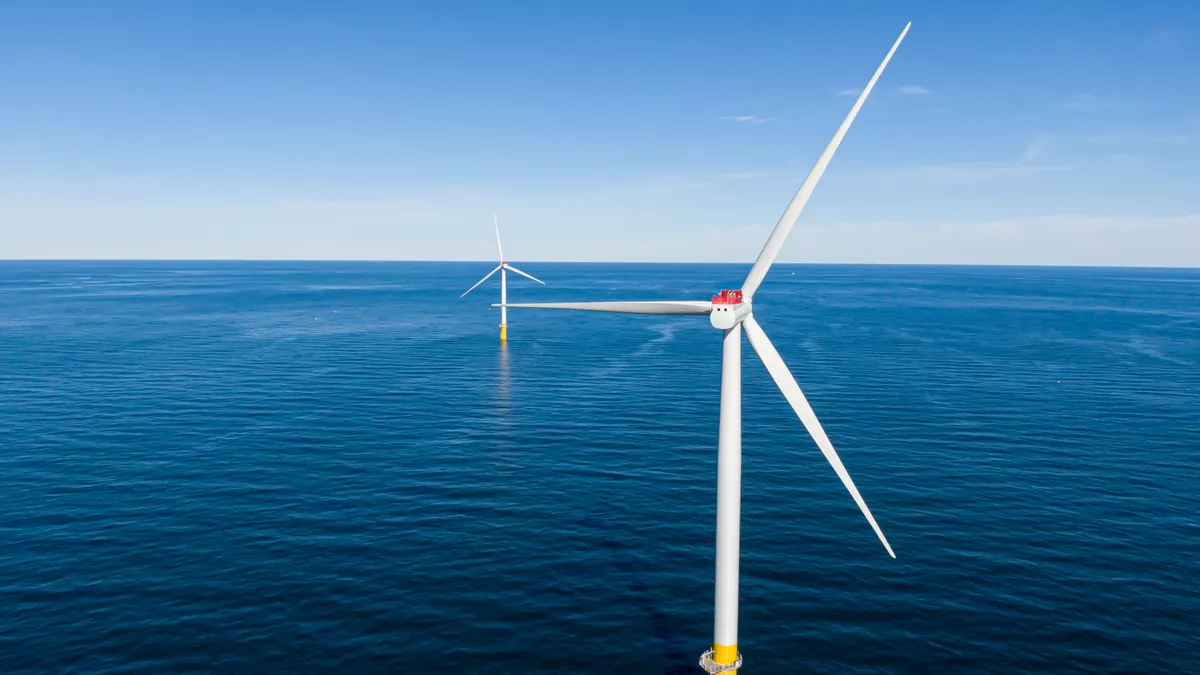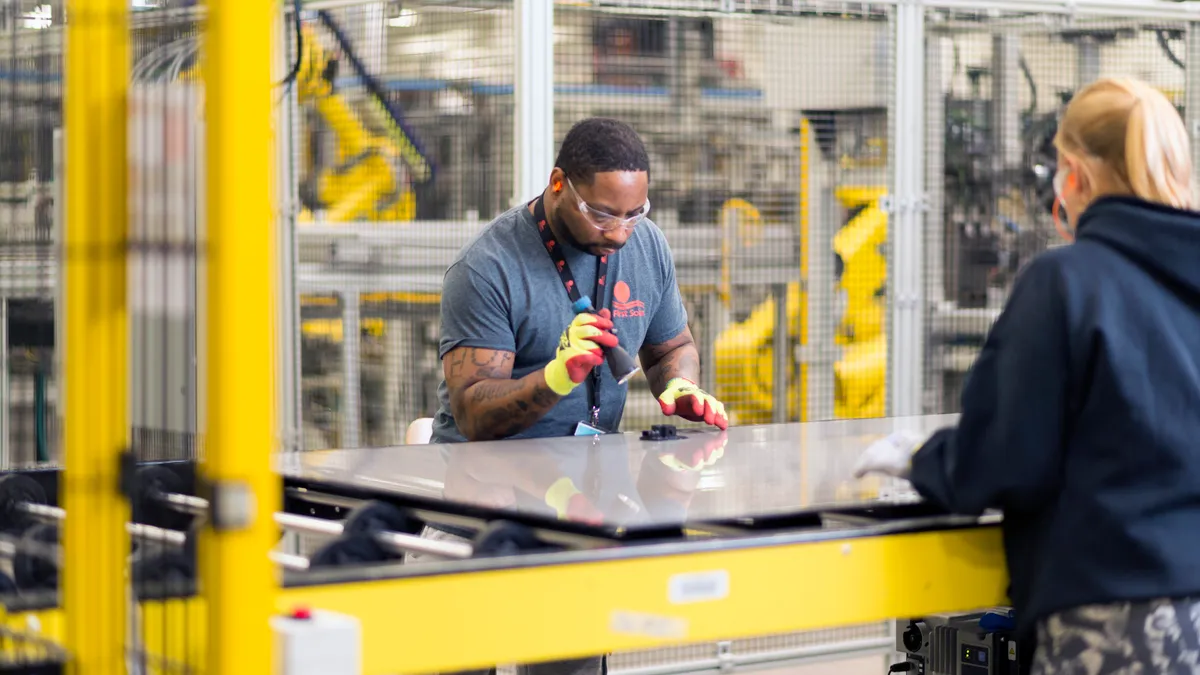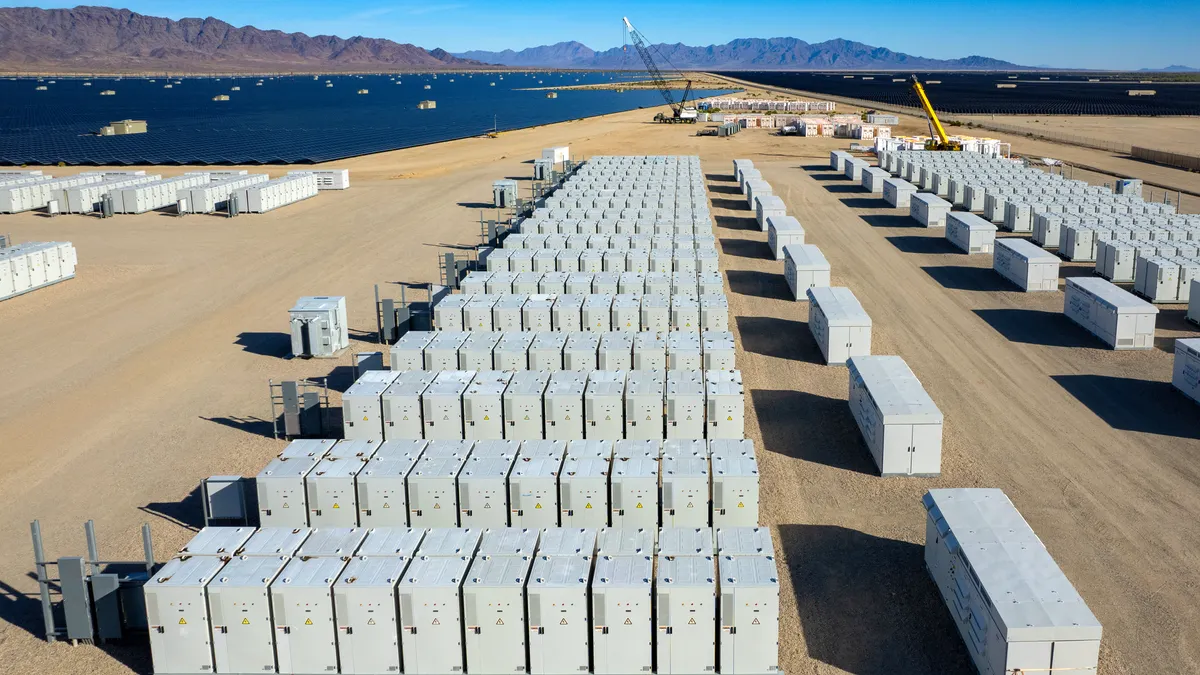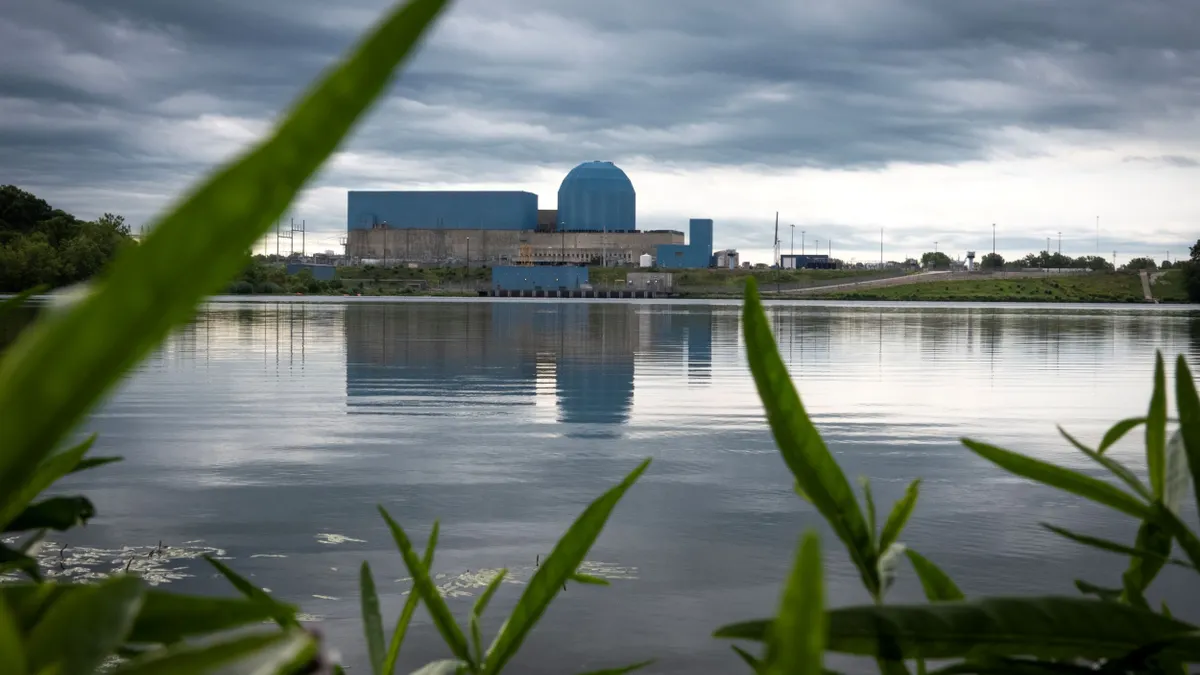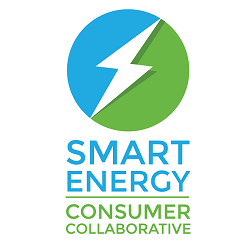Virtual power plants gaining momentum
In its third-quarter investor presentation Thursday, Sunrun said it had more than 106,000 customers enrolled in home-to-grid virtual power plant programs. That figure is up over 400% from a year ago. Sunrun expects enrollments to continue rising in the years ahead, and estimates $2,000 in value per participating subscriber.
Sunrun already has 3.7 GWh of dispatchable battery capacity online and aims to have 10 GWh active by the end of 2028, it said. The company operates one of the United States’ largest virtual power plants, with 416 MW dispatched last year across 17 active VPP programs, CEO Mary Powell said Thursday.
As a leading U.S. installer of residential solar and energy storage systems, Sunrun is well-suited to grid flexibility programs, it says. It has more than 1 million customers, more than 217,000 of whom have solar with attached battery storage. In the second quarter, the most recent period for which it provided data, Sunrun said it accounted for 21% of residential solar installations in the U.S. and 42% of energy storage installations.
Though Sunrun also sells solar and storage systems directly to customers, it says leasing subscriptions account for more than 95% of its sales.
The subscription model — also known as leasing or third-party ownership — allows it to retain ownership of and monetize the equipment it installs through federal clean energy investment tax credits, tax equity financing and participation in VPP programs. Sunrun has 36% of the U.S. market for solar subscriptions, according to its third-quarter investor presentation.
Sunrun said Thursday its emphasis on subscriptions will also help it avoid a widely expected sales cliff when the federal tax credit for customer-owned solar systems expires at the end of next month. While analysts foresee the U.S. solar market contracting as much as 30% in 2026 and 2027, Sunrun said it expects “positive volume growth and margin expansion” next year.
Steady battery attachment growth
Powell and other Sunrun executives have repeatedly touted Sunrun’s shift to a “storage-first” posture following unfavorable changes to net metering policy for solar-only customers in key markets like California.
The strategy appears to be paying off with steady growth in Sunrun’s battery attachment rate for new customers, which rose from 60% in Q3 2024 to reach 70% in the second and third quarter of 2025.
Powell said Sunrun’s attachment rate is growing quickly in markets beyond the sunny southwestern United States. In Massachusetts, for example, attachments surged from 10% at the start of 2025 to more than 50% in the third quarter, she said. And Sunrun has circled back to attach storage for more than 2,000 solar-only customers, a market Powell said would be key for long-term value creation.
“We believe this will … produce strong expected upfront margins for Sunrun and serve as an accelerant to growth in our distributed power plant capacity,” she said.
Focus on subscriber value from solar leases
Sunrun’s subscriber value reached $52,446 in the third quarter, up 11% from a year ago. After accounting for customer acquisition costs, net subscriber value was $13,205, up 38% year over year.
Aggregate subscriber value, or the total value of all Sunrun subscribers, rose 10% year over year to reach $1.6 billion. Creation costs rose just 3% year over year to land at $1.2 billion. Sunrun attributed the increased margin to operational efficiencies, cost controls, growth in higher-value offerings like its Flex product and support from the federal clean energy investment tax credit, which extends through 2027 for third-party owned solar and battery systems. Those improvements that outpaced the added costs of attaching storage at more customer sites, Sunrun said.
At the same time, subscriber additions declined 1% year over year to just over 30,000 in the third quarter.
Powell declined an analyst’s request for guidance on installation volumes in 2026, saying Sunrun is focused on subscriber quality over quantity.
“We are very much focused on margin, creating cash generation, and creating really sustainable, long, profitable relationships with our customers while we are building on the nation's largest distributed power plant that will also have lots of value for years to come,” she said.


